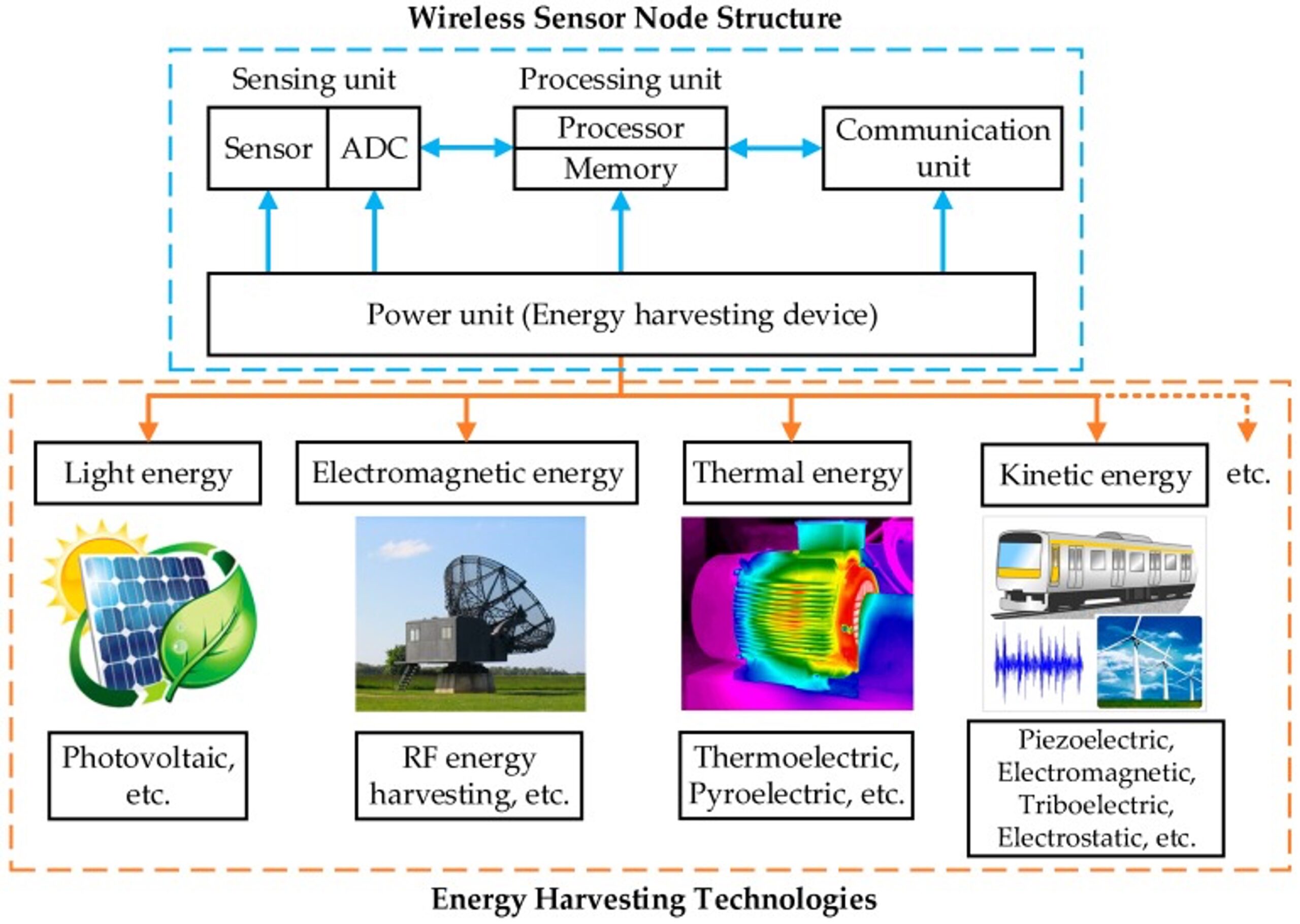
Best Way to Implement Energy Harvesting in Circuits
In this digital age, we are constantly searching for new and innovative ways to power our devices. Energy harvesting, also known as energy scavenging, is a promising solution that allows us to generate electricity from our surrounding environment. This technology has the potential to revolutionize the way we think about power sources for circuits, providing a sustainable and efficient alternative to traditional batteries.
Implementing energy harvesting in circuits can be a complex process, but with the right knowledge and tools, it can be a rewarding endeavor. In this article, we will discuss the best practices and techniques for integrating energy harvesting into your circuit designs.
1. Choose the Right Energy Source
When implementing energy harvesting in circuits, the first step is to select the right energy source for your application. There are various sources of energy that can be harvested, such as solar, thermal, mechanical, and electromagnetic. Each source has its own advantages and limitations, so it is important to carefully consider your requirements before making a decision.
2. Design an Efficient Energy Harvesting Circuit
Once you have chosen the energy source, the next step is to design an efficient energy harvesting circuit. This circuit will be responsible for converting the harvested energy into usable electrical power for your device. It is essential to optimize the circuit design to ensure maximum efficiency and reliability.
When designing an energy harvesting circuit, consider factors such as voltage regulation, power management, and energy storage. These elements play a crucial role in the overall performance of the circuit and should be carefully engineered to meet the specific requirements of your application.
3. Implement Energy Harvesting Techniques
There are several techniques that can be used to implement energy harvesting in circuits, such as piezoelectric, thermoelectric, and electromagnetic induction. Each technique has its own unique characteristics and applications, so it is important to choose the right method for your specific needs.
Piezoelectric harvesting, for example, involves converting mechanical energy into electrical power using piezoelectric materials. This technique is commonly used in applications such as wearable devices and wireless sensors. Similarly, thermoelectric harvesting utilizes temperature differentials to generate electricity, making it ideal for energy-efficient cooling systems and waste heat recovery.
4. Test and Optimize Your Circuit
Once you have implemented energy harvesting in your circuits, it is important to test and optimize the performance of your design. Conduct thorough testing to ensure that the circuit is operating as intended and meeting your power requirements. Make any necessary adjustments to improve efficiency and reliability.
Optimizing your circuit for energy harvesting involves fine-tuning various parameters such as the energy source, circuit components, and power management strategies. By continuously monitoring and optimizing your design, you can achieve the best possible performance and longevity for your circuits.
5. Consider Environmental Factors
When implementing energy harvesting in circuits, it is important to consider environmental factors that may affect the performance of your design. Factors such as temperature fluctuations, humidity levels, and ambient light can impact the efficiency and reliability of your energy harvesting system.
It is crucial to design your energy harvesting circuit with these environmental factors in mind to ensure optimal performance in real-world conditions. Consider implementing protective measures such as weatherproofing, thermal insulation, and light filtering to enhance the durability and reliability of your circuits.
6. Stay Updated on Emerging Technologies
As technology continues to evolve, new advancements in energy harvesting are constantly being developed. Stay informed about the latest trends and innovations in the field to take advantage of cutting-edge technologies for your circuits. By staying updated on emerging technologies, you can enhance the performance and efficiency of your energy harvesting designs.
By following these best practices and techniques, you can successfully implement energy harvesting in circuits and unlock the full potential of this groundbreaking technology. With the right approach and expertise, you can create sustainable and efficient power sources for a wide range of electronic devices.
Was this helpful?
0 / 0